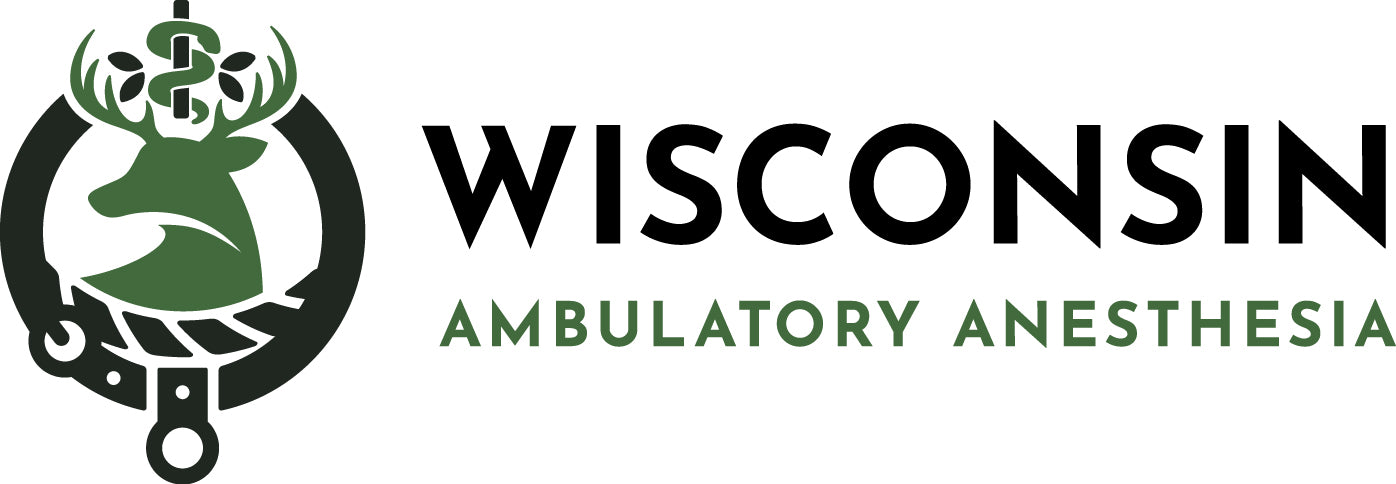Dental Professionals
Office Based Anesthesia in Wisconsin and Illinois
Wisconsin Ambulatory Anesthesia offers anesthesia services for various offices in Wisconsin and Illinois. Office based anesthesia significantly increases an offices scope of practice, treatment plan acceptance, and productivity. Challenging patients can be managed safely and effectively in-house. Our office will develop a simple and streamlined plan for scheduling patients. A professional relationship with a dentist anesthesiologist can transform your practice into an advanced full-service patient care center.

Equipment
We bring state-of-the-art anesthesia equipment to the practice. As your partner, Wisconsin Ambulatory Anesthesia assumes full responsibility for the management and control of all anesthesia-related dentistry equipment.

Office Based Anesthesia
All of our anesthesia providers are Dentist Anesthesiologists. We bring a specific skill set of understanding the complexity of each dental procedure and how it impacts the various levels of sedation required for your patient to have a comfortable and safe experience.
Our ambulatory services offer you the opportunity to practice dentistry and perform your dental treatments without the worries associated with dental anesthetic and patient management.
With the addition of a Dentist Anesthesiologist, you are able to work more efficiently, provide maximum comfort, and safety to your patients, while you offer more extensive procedures during a visit.

What your patients can expect
1. Pre-Operative Evaluation: Two weeks prior to your scheduled appointment you will receive a call from our nurse to review your medical history, current medications, surgical and anesthesia history, allergies, and additional health questions that may have an impact on your anesthetic care. On the day of your appointment, your anesthesiologist will conduct an airway assessment and physical exam followed by a thorough pre-anesthetic assessment.
2. State-of-the-Art Monitoring: During the procedure, the patient will be continuously monitored using state-of-the-art monitoring equipment in accordance with the American Society of Anesthesiology (ASA) guidelines. The monitoring equipment includes NIBP (non-invasive blood pressure), pulse oximeter (oxygen saturation of blood), EKG (heart rate and rhythm), respiratory rate, temperature, and capnography. The anesthesiologist will continuously monitor the patient’s vital signs during the dental procedure and through recovery. Emergency medical equipment equivalent to that carried by the EMS (Emergency Medical Services) is present during every anesthesia-based procedure.
3. Individualized Anesthetic Plan: Each patient will receive an individual, customized anesthetic plan based on the information recorded by the anesthesiologist during his focused physical exam and patient medical history. According to the anesthetic plan, medications will be selected for safety and comfort, allowing the sedation to be tailored to the needs of each individual patient.
